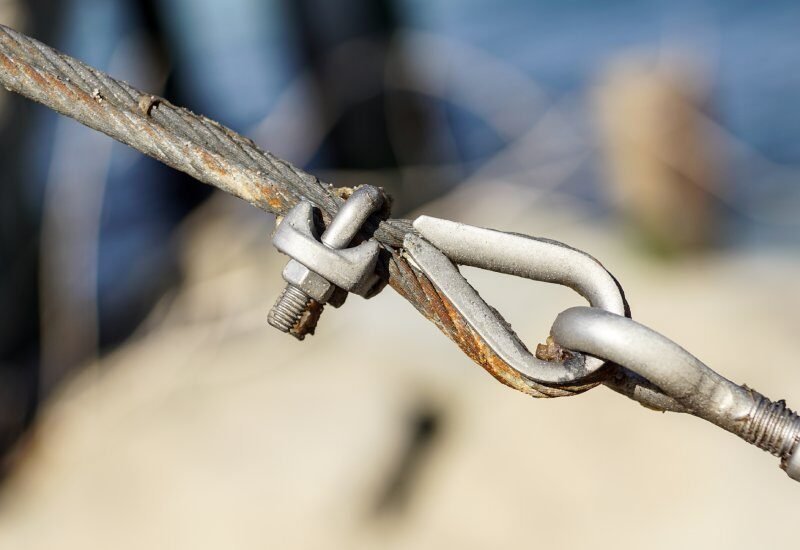Rigging operations are critical in industries like construction, shipping, and manufacturing, where the safe lifting, moving, or securing of heavy loads is essential. Yet, one underestimated factor in these operations is weather and its potential effect on safety, efficiency, and performance.
Understanding how weather impacts rigging operations and equipment is crucial for avoiding accidents, equipment failure, and costly delays.

How Weather Affects Rigging Equipment
Weather extremes can affect rigging equipment in surprising ways. For instance, very high or low temperatures can alter the structural integrity of materials. Extremely cold weather may render metal components brittle, increasing their likelihood of breakage. Wire ropes, slings, and cables under tension are especially susceptible to failure when exposed to subzero conditions. On the other hand, high heat can weaken synthetic components over time, reducing their load-bearing capabilities.
Rain and humidity often exacerbate the challenges for rigging equipment, introducing risks tied to corrosion and degradation. Steel cables and wire rope slings are particularly vulnerable, as consistent exposure to moisture can lead to rust, weakening the strength of the material. Without proper anti-corrosion measures, equipment integrity can quickly deteriorate, which undermines safety.
Wind and storms pose an entirely different set of risks for lifting operations. High winds can destabilize loads during lifts, making them sway uncontrollably and putting nearby workers at risk. Gusty conditions require secure and well-balanced rigging systems to prevent accidents, especially when the weather suddenly worsens.
Choosing the Right Rigging Equipment for Weather Conditions
Adapting your equipment to expected weather conditions is key to ensuring safe and efficient rigging operations. Factor in possible weather conditions when deciding between the common types of wire ropes and how performance could be impacted. For example, synthetic slings may lose performance strength under UV exposure or heat, whereas chain slings handle extreme temperatures better but may rust in humid environments.
Likewise, routine maintenance plays an integral role in prolonging the lifespan of your rigging equipment. Regular and thorough inspections become even more important during frequent weather changes. Identifying rust, wear, or deformities early could prevent equipment failures. Weather-related triggers, such as heavy rains or freezing temperatures, should prompt immediate checks to ensure integrity before continuing operations.
The Importance of Safety During Weather-Dependent Operations
Adapting lifting techniques and practices is vital when rigging in tough weather conditions. Securing loads to account for potential environmental shifts, like winds or ice, reduces risks dramatically. Updated weather reports help workers prepare for and adjust their methods accordingly.
Proper training is fundamental to keep team members aware of weather-related concerns. Equipping them with knowledge on adapting techniques to adverse environments ensures they approach tasks with safety in mind.
Investing in Safety and Preparedness
Addressing the impacts of weather on rigging operations and equipment requires preparation, quality materials, and attention to detail. By using weather-resistant equipment, investing in routine checks, and prioritizing safety, companies can mitigate risks effectively. Delivering consistent results, even in unpredictable conditions, is easier when your team is well-educated, and your tools are robust.
